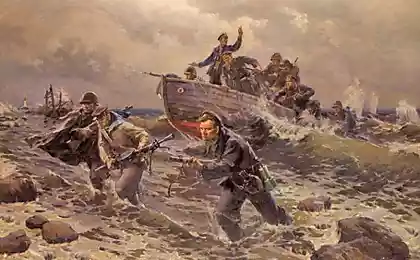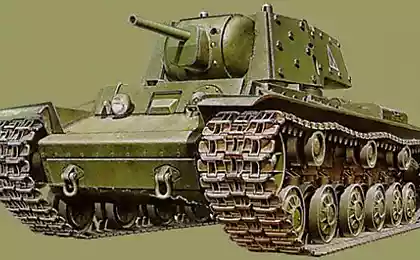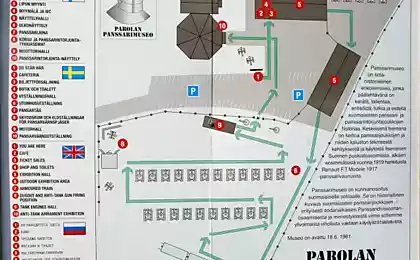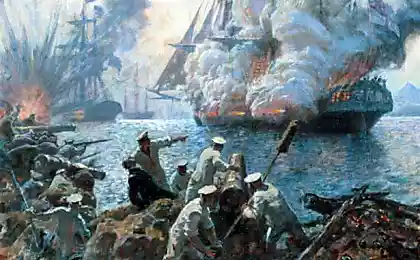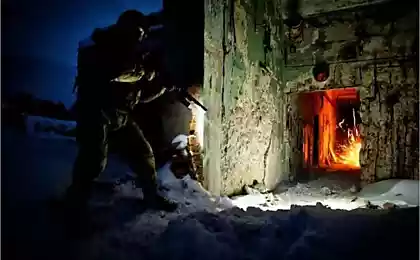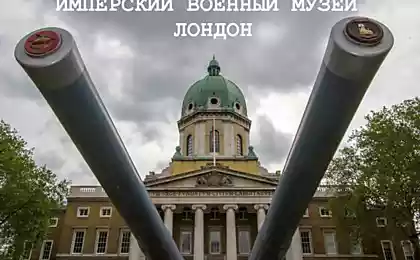721
Landing on the armor.
24 photos
"BMD-4 - is a version of the BMP-3, no protection, again all at the top, and it costs more expensive tank. We are on this car did not look like, and do not look »
Chief of General Staff of the Armed Forces of the Russian Federation General of the Army, NE Makarov

That was what came
On the pictures of war newsreel rush "Thirty," sitting on the armor thick ruddy gunners. In the worst heat and the severe frost Soviet soldiers went into battle, pressing shoulder to massive turret, despising the thought that at any moment a stray German bullet "skovyrnet" them with armor under the tracks of furious racing cars.
Soviet soldiers hide armor was not possible - maximum laden industry had no provisions for the release of armored personnel carriers. There was not even any concept of using such machines. Lend-Lease Act were not able to remedy the situation: for example, the 1200 US half-track armored vehicles (M3, M5, M9), sent in 1942, in mechanized divisions were only 118 cars, and the rest were used as artillery tractors. So we drove our soldiers riding on armor to Berlin.
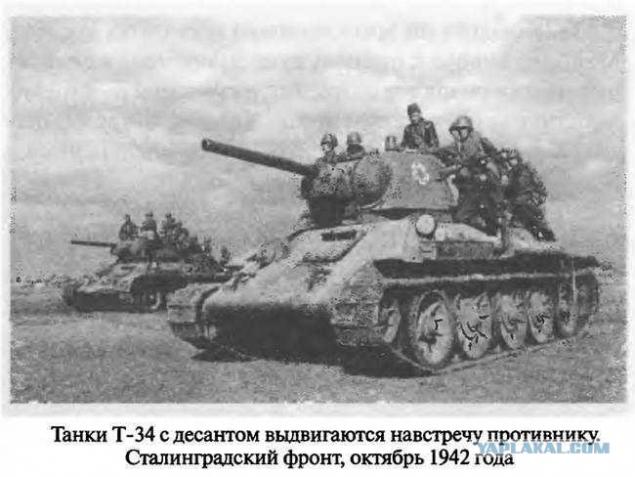
The Cold War sets new standards: to break the English Channel through the flooded * and burnt nuclear fire Europe were created armored personnel carriers - tracked BTR-50P and later wheeled BTR-60. Menacing machines are not inferior to the patency of the tanks could overcome water obstacles swimming, and reliably protect the crew from the effects of a nuclear weapon.
* Grouping of Soviet Forces in Germany (GSVG), as part of combined arms 5, 4 and 3 air tank armies, was able to break a couple of weeks to the English Channel. According to one legend, the NATO humanitarians laid nuclear bombs under the dam and the dam in the event of full-scale conflict to flood half of Europe and slow the advance of armored columns. By the way, the strange concrete wells were indeed found under bridges, crossroads and waterworks in Europe.
In 1966, the Soviet Union has once again surprised the world by creating a fundamentally new model of armored vehicles. Light Tank transformed into infantry fighting vehicle - extremely mobile floating armored vehicle for the transportation of personnel to the front edge and the conduct of hostilities, together with tanks.
Footage TV chronicles. Caucasus. Our days. Another counter-terrorist operation - on the broken highway speeding armored personnel carriers and infantry fighting vehicles, armored densely sit on rosy riot policemen. But, excuse me, what the hell? Why be afraid of the soldiers to go down in the fighting compartment of our armored vehicles, preferring to serve as targets for the snipers?
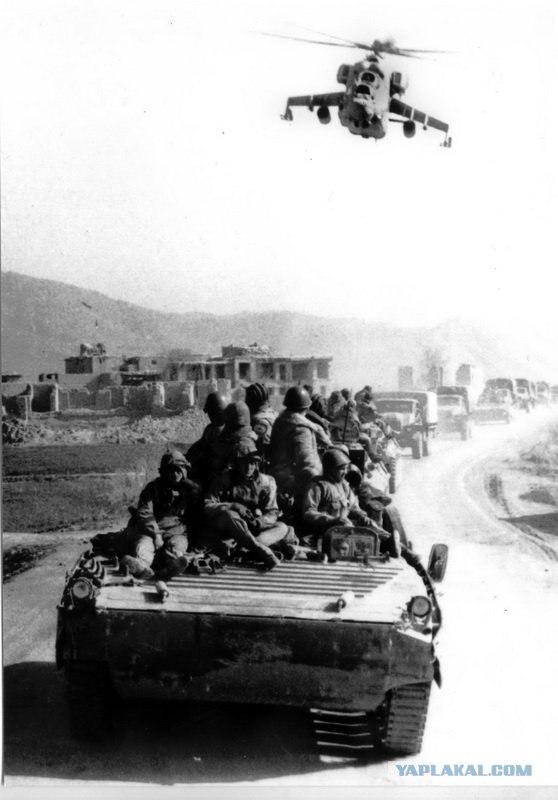
Marines equally do not trust the older BTR-70, no more fresh BTR-80, or even modern BMP-3. The reason is simple and obvious - Russian armored personnel carriers and infantry fighting vehicles in fact are not armored. They can be classified as anything - fire support vehicle, all-terrain tracked vehicles, tractors or great swimming facilities. But its main purpose, they do not perform, and can not perform at all. It makes no sense to expect a high vulnerability to major combat vehicle weight of only 10 - 15 tons.
7-mm bead BTR-80 hard to keep the shots, even from hand-held weapons. DShK guaranteed to hit this "armor" from a distance of half a kilometer. A similar result is expected infantry fighting vehicles BMP-2: frontal armor thickness of as much as 16 mm mounted by a rational angle, does not protect the crew in the event of a landmine explosion or a shot from an RPG - quite "home" of trouble in today's conflicts.
Soldiers prefer to sit astride the armor, hoping that the bullet-fool whistling past them, than to be guaranteed to be killed in the fighting compartment in the case of blasting machines at the most primitive explosive device.
The creators of the BMP-3 stubbornly insist on the rightness of his approach and pay attention to the powerful arms of the machine: a combat unit with a 100 mm semi-automatic gun and paired them with automatic cannon caliber 30 mm - the seemingly formidable force.
Alas, very weak armor negates the other benefits of the BMP-3. Film shots with armor riding paratroopers are silent reproach designers - what efforts if soldiers are afraid to sit inside? Is not it easier then generally cut off the roof and acquire greater armor plates on the sides and the bottom? Before the first meeting with RPG
To avoid accusations of partisanship and unpatriotic sentiments, I propose to look at the foreign armored vehicles intended for the transportation of personnel. There are similar problems: the main American M113 armored personnel carrier, which sold around the world sold 85 thousand cars, the board had a thickness of 40 mm aluminum armor - in the 60s, it seemed sufficient to protect the crew from small arms bullets and shrapnel of artillery shells. But with the evolution of anti-tank weapons and methods of combat armored vehicles, American GIs in no hurry to sit inside their armored vehicles - a red-hot jet stream breaks armor M113 as a tin opener, turning sitting inside in a burned vinaigrette. No less detrimental to the well-being of the crew of an American armored affects undermining on a mine: all of them riding in, in the best case, get off a heavy concussion.
M113 in Lebanon. To improve security in the course are any funds.
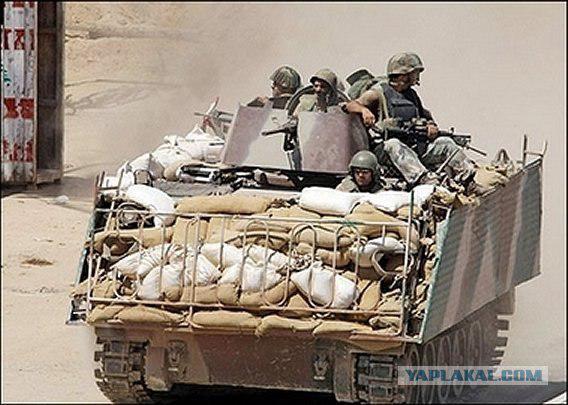
This leads to a simple question: why do we need such "armored cars" if they do not protect the crew from even the most primitive weapons? After a shot from an RPG or turn from large the ANC - the easiest with which to face a modern battle. And what, for example, anti-missile system, or lying on the side of a homemade landmine of a pair of three 152 mm shrapnel projectiles? - Experience shows that such things are far more common than planned creators of APCs and infantry fighting vehicles.
The shell of 16 mm of steel, as well as 44 mm aluminum armor, are powerless. In order to protect the crew is required to radically different solution.
Infantry fighting vehicle - this is no ordinary light tank. Inside it, by definition, must be a large number of personnel. And if the tank crew of three or four tankers require protection similar to 500-1000 mm homogenous steel armor, what offended 10-man crew of BMP, which proposed to go into the thick of it under the guise of "cardboard" wall?
Recently, a foreign tank building clear trend to increase protection of combat vehicles. Designers ruthlessly delete from the list any minor options: heavy weapons, air-transportability, positive buoyancy - such moments often remain unaddressed. The main thing - to provide reliable protection for combat vehicles. Indeed, why BMP any swimming skills, climbing, thermal imagers and guns when on the modern battlefield, it will not be able to crawl and meters?
In continuation of this conversation I suggest to get acquainted with the most successful examples of foreign armored vehicles, having the greatest security
M113 in the "heavy obvese." Workaround
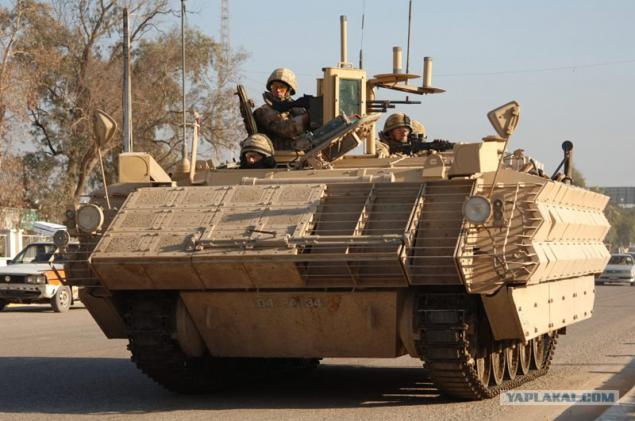
Source:
"BMD-4 - is a version of the BMP-3, no protection, again all at the top, and it costs more expensive tank. We are on this car did not look like, and do not look »
Chief of General Staff of the Armed Forces of the Russian Federation General of the Army, NE Makarov

That was what came
On the pictures of war newsreel rush "Thirty," sitting on the armor thick ruddy gunners. In the worst heat and the severe frost Soviet soldiers went into battle, pressing shoulder to massive turret, despising the thought that at any moment a stray German bullet "skovyrnet" them with armor under the tracks of furious racing cars.
Soviet soldiers hide armor was not possible - maximum laden industry had no provisions for the release of armored personnel carriers. There was not even any concept of using such machines. Lend-Lease Act were not able to remedy the situation: for example, the 1200 US half-track armored vehicles (M3, M5, M9), sent in 1942, in mechanized divisions were only 118 cars, and the rest were used as artillery tractors. So we drove our soldiers riding on armor to Berlin.

The Cold War sets new standards: to break the English Channel through the flooded * and burnt nuclear fire Europe were created armored personnel carriers - tracked BTR-50P and later wheeled BTR-60. Menacing machines are not inferior to the patency of the tanks could overcome water obstacles swimming, and reliably protect the crew from the effects of a nuclear weapon.
* Grouping of Soviet Forces in Germany (GSVG), as part of combined arms 5, 4 and 3 air tank armies, was able to break a couple of weeks to the English Channel. According to one legend, the NATO humanitarians laid nuclear bombs under the dam and the dam in the event of full-scale conflict to flood half of Europe and slow the advance of armored columns. By the way, the strange concrete wells were indeed found under bridges, crossroads and waterworks in Europe.
In 1966, the Soviet Union has once again surprised the world by creating a fundamentally new model of armored vehicles. Light Tank transformed into infantry fighting vehicle - extremely mobile floating armored vehicle for the transportation of personnel to the front edge and the conduct of hostilities, together with tanks.
Footage TV chronicles. Caucasus. Our days. Another counter-terrorist operation - on the broken highway speeding armored personnel carriers and infantry fighting vehicles, armored densely sit on rosy riot policemen. But, excuse me, what the hell? Why be afraid of the soldiers to go down in the fighting compartment of our armored vehicles, preferring to serve as targets for the snipers?

Marines equally do not trust the older BTR-70, no more fresh BTR-80, or even modern BMP-3. The reason is simple and obvious - Russian armored personnel carriers and infantry fighting vehicles in fact are not armored. They can be classified as anything - fire support vehicle, all-terrain tracked vehicles, tractors or great swimming facilities. But its main purpose, they do not perform, and can not perform at all. It makes no sense to expect a high vulnerability to major combat vehicle weight of only 10 - 15 tons.
7-mm bead BTR-80 hard to keep the shots, even from hand-held weapons. DShK guaranteed to hit this "armor" from a distance of half a kilometer. A similar result is expected infantry fighting vehicles BMP-2: frontal armor thickness of as much as 16 mm mounted by a rational angle, does not protect the crew in the event of a landmine explosion or a shot from an RPG - quite "home" of trouble in today's conflicts.
Soldiers prefer to sit astride the armor, hoping that the bullet-fool whistling past them, than to be guaranteed to be killed in the fighting compartment in the case of blasting machines at the most primitive explosive device.
The creators of the BMP-3 stubbornly insist on the rightness of his approach and pay attention to the powerful arms of the machine: a combat unit with a 100 mm semi-automatic gun and paired them with automatic cannon caliber 30 mm - the seemingly formidable force.
Alas, very weak armor negates the other benefits of the BMP-3. Film shots with armor riding paratroopers are silent reproach designers - what efforts if soldiers are afraid to sit inside? Is not it easier then generally cut off the roof and acquire greater armor plates on the sides and the bottom? Before the first meeting with RPG
To avoid accusations of partisanship and unpatriotic sentiments, I propose to look at the foreign armored vehicles intended for the transportation of personnel. There are similar problems: the main American M113 armored personnel carrier, which sold around the world sold 85 thousand cars, the board had a thickness of 40 mm aluminum armor - in the 60s, it seemed sufficient to protect the crew from small arms bullets and shrapnel of artillery shells. But with the evolution of anti-tank weapons and methods of combat armored vehicles, American GIs in no hurry to sit inside their armored vehicles - a red-hot jet stream breaks armor M113 as a tin opener, turning sitting inside in a burned vinaigrette. No less detrimental to the well-being of the crew of an American armored affects undermining on a mine: all of them riding in, in the best case, get off a heavy concussion.
M113 in Lebanon. To improve security in the course are any funds.

This leads to a simple question: why do we need such "armored cars" if they do not protect the crew from even the most primitive weapons? After a shot from an RPG or turn from large the ANC - the easiest with which to face a modern battle. And what, for example, anti-missile system, or lying on the side of a homemade landmine of a pair of three 152 mm shrapnel projectiles? - Experience shows that such things are far more common than planned creators of APCs and infantry fighting vehicles.
The shell of 16 mm of steel, as well as 44 mm aluminum armor, are powerless. In order to protect the crew is required to radically different solution.
Infantry fighting vehicle - this is no ordinary light tank. Inside it, by definition, must be a large number of personnel. And if the tank crew of three or four tankers require protection similar to 500-1000 mm homogenous steel armor, what offended 10-man crew of BMP, which proposed to go into the thick of it under the guise of "cardboard" wall?
Recently, a foreign tank building clear trend to increase protection of combat vehicles. Designers ruthlessly delete from the list any minor options: heavy weapons, air-transportability, positive buoyancy - such moments often remain unaddressed. The main thing - to provide reliable protection for combat vehicles. Indeed, why BMP any swimming skills, climbing, thermal imagers and guns when on the modern battlefield, it will not be able to crawl and meters?
In continuation of this conversation I suggest to get acquainted with the most successful examples of foreign armored vehicles, having the greatest security
M113 in the "heavy obvese." Workaround

Source:
